Piedmont Spotlight: Sycamore – Mixed Hardwood Floodplain Forest
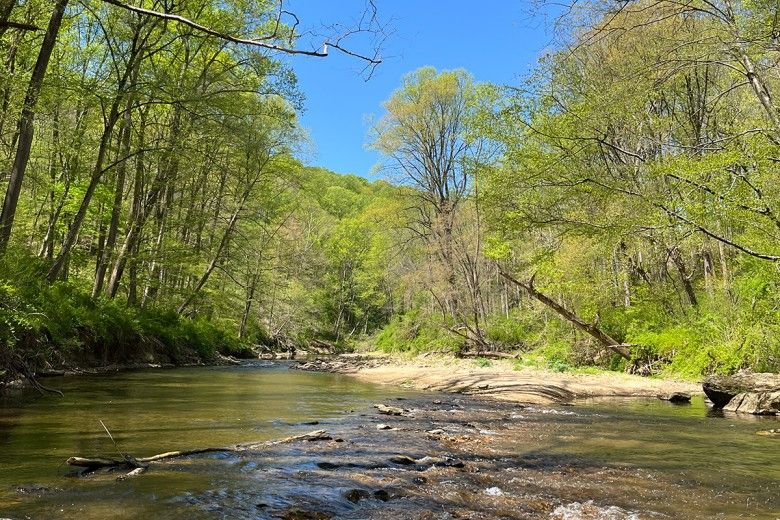
Join us as we continue our exploration of the vegetative communities of the Piedmont region of the Eastern United States. In this ongoing series of blogs, we will spotlight specific vegetative communities, define their historic structures, describe the processes that created them, examine past and ongoing threats to their survival, and provide suggestions for long-term, sustainable forest management to help steward them into the future.
Though the mention of Pennsylvania might conjure images of undulating, misty mountains flocked with dense forests divided by stony cold-water creeks, the Piedmont offers a different vista. Bridging the sandy flatlands of the Coastal Plain and the Appalachian mountains, the Piedmont has physiological characteristics indicative of both regions. The Welsh Mountains of northern Chester County give a sample of the larger peaks found further inland, while broad waterways like the Brandywine Creek or the Big Elk Creek bely brackish bays farther south. Until now, most of our spotlights have highlighted forest types characteristic of the upland, hillier part of the Piedmont. In this spotlight, however, we will focus on the Sycamore – Mixed Hardwood Floodplain Forests found on the banks and floodplains of the Piedmont’s larger waterways. These forests are ecologically distinct from our previously highlighted forests and provide several essential ecosystem services that protect us and our water.
History and Composition
Water, taken to its extreme, precludes tree growth. Permanently saturated soils and standing water on a site create anaerobic conditions under which seeds fail to germinate, seedlings cease growing, and trees experience root dieback. Even communities like cypress swamps require some dry spots to allow for cypress regeneration. These dry spots can appear as ledges on an existing tree’s “knees” or a small mound of muck that breaches the water’s surface. Along rivers and streams, similar dry spots form within the floodplain. The floodplain experiences periodic saturation during a flood event, and the severity and frequency of these flood events are inversely correlated. Intense floods tend to occur less frequently (every 100 years, for example) and minor floods occur more frequently (every 10 years, for example). This means that we can reasonably expect 10-year floodplains to have wetter soils and experience saturated conditions more frequently than 100-year floodplains. The types of vegetation that can exist on each site will therefore vary.
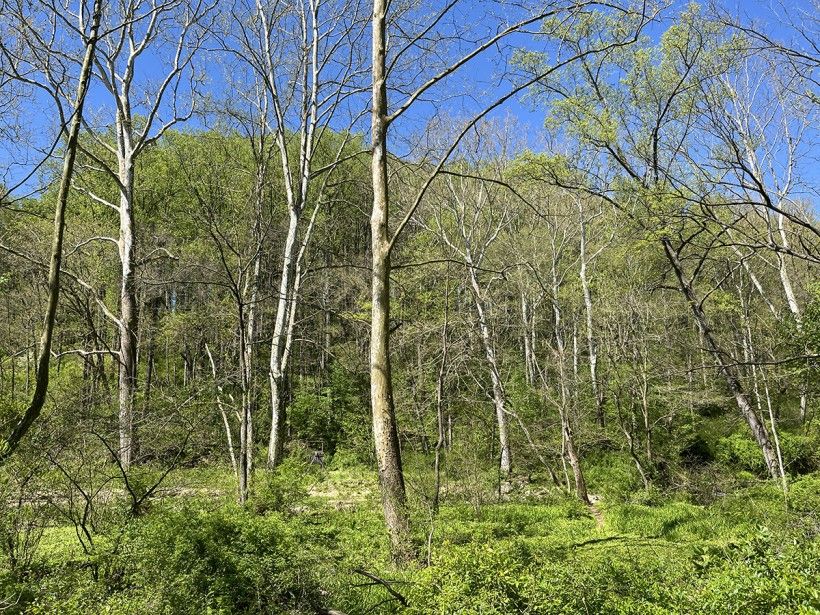
Sycamore – Mixed Hardwood Floodplain forests occur on such periodically-saturated sites along tributaries of the Susquehanna and Delaware Rivers. These sites might be islands in the waterway or terraces along the banks, and their soils consist of sand and gravel, meaning they drain well but have poor nutrient availability. As a result, the plant species that can survive under these conditions are limited to flood-tolerant, shade-intolerant, and poor nutrient-tolerant species.
In the overstory, American sycamore (Platanus occidentalis) dominates, while other species like sugar maple (Acer saccharum), silver maple (Acer saccharinum), river birch (Betula nigra) are common canopy associates. Due to the frequency of disturbance, the overstory is often even-aged, meaning that the majority of the trees are of the same age, and the canopy is often partially open, meaning the canopies of the overstory trees have some gaps between them that allow light to reach the midstory and understory. The midstory is often sparse, but hornbeam/musclewood (Caprinus caroliniana), spicebush (Lindera benzoin), and smooth alder (Alnus serrulata) do occur. On sites with an open canopy, goldenrods (Solidago spp.), deer-tongue grass (Panicum clandestinum), marsh fern (Thelypteris palustris), wingstem (Verbesina alternifolia), and riverbank wild-rye (Elymus riparius) grow in the understory. The understory of closed canopy sites consists of jewelweed (Impatiens spp.), clearweed (Pilea pumila), false nettle (Boehmeria cylindrica), wood nettle (Laportea canadensis), stinging nettle (Urtica dioica), ostrich fern (Matteuccia struthiopteris), wild germander (Teucrium canadense), jumpseed (Persicaria virginianum), Jack-in-the-pulpit (Arisaema triphyllum), and green-dragon (Arisaema dracontium). Due to their proximity to lotic bodies of water, these forests also often have a large invasive species component, which can include species like multiflora rose (Rosa multiflora), Japanese barberry (Berberis thunbergii), Japanese stiltgrass (Microstegium vimineum) and Japanese knotweed (Reynoutria japonica).
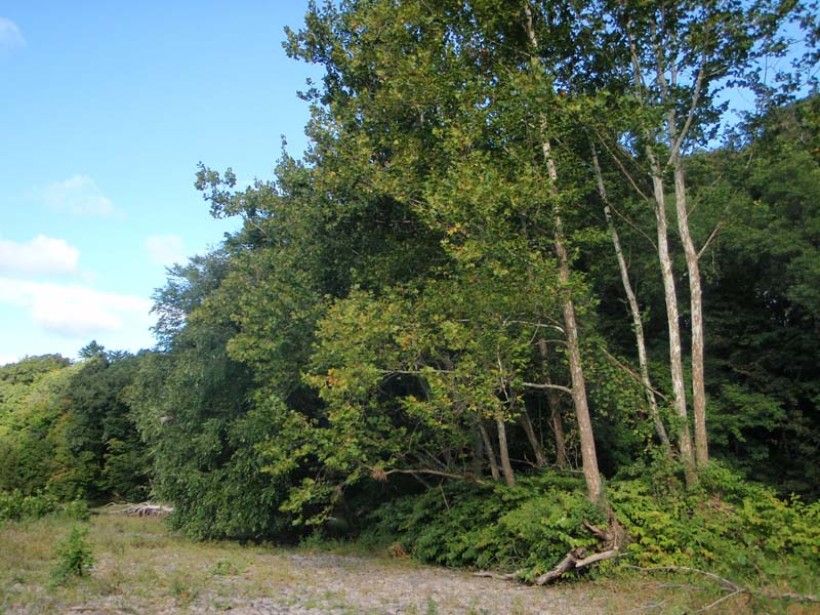
Beyond their inherent value, we should care about Sycamore – Mixed Hardwood Floodplain forests because of the several ecosystem services they provide. As part of the floodplain system, these forests provide an outlet for floodwaters to spread into, as opposed to development that would either be damaged by floodwaters or redirect floodwaters further downstream. Additionally, floodplain forests slow the entry of runoff waters into waterways, reducing flood intensity. In doing so, they also trap sediments and pollutants that would otherwise enter the waterway.
The variety of microsites and structures offered by Sycamore – Mixed Hardwood Floodplain forests also makes them valuable as wildlife habitat. Standing dead trees, also known as “snags,” become nesting structures for woodpeckers, wood ducks, and small mammals. Amphibians and reptiles breed and live in shallow pools that develop on the forest floor, shaded by the tree canopy. Dead leaves that fall into the adjacent waterways provide essential forage for fish and aquatic macroinvertebrates. To lose these forests would mean the loss of very practical benefits as well as a significant source of biodiversity in wetlands.
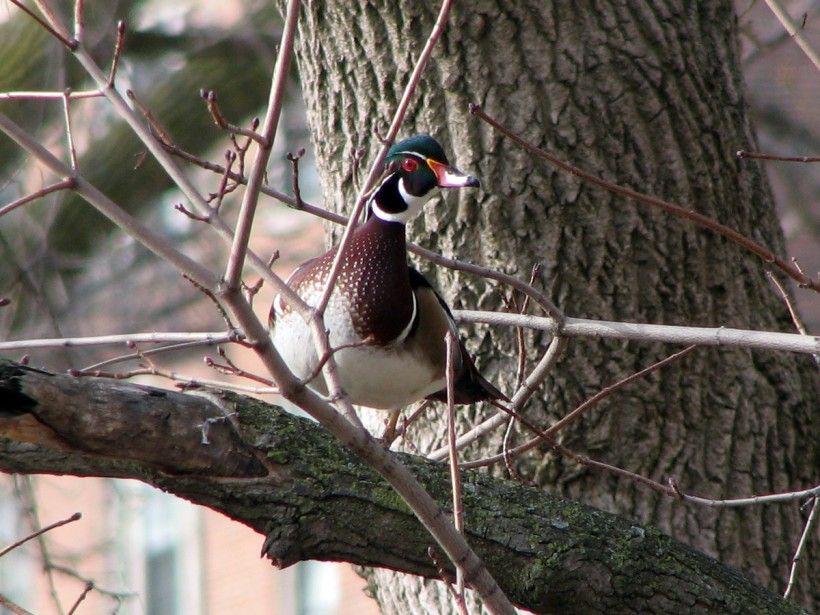
Sycamore Floodplain Forests are a similar forest type that occurs along tributaries of the Ohio River in western Pennsylvania. These forests primarily differ from Sycamore – Mixed Hardwood Floodplain Forests in their overstory composition: Sycamore Floodplain Forests are dominated by American sycamore, with other hardwood species present but not substantially so. Sycamore – Mixed Hardwood Floodplain Forests, conversely, have substantial cohorts of other hardwood species, especially river birch. Sycamore Floodplain Forests are less common than Sycamore – Mixed Hardwood Forests, though both community types are under much less development pressure than others, like the Coastal Plain Forests, that we have previously discussed.
Threats/Challenges
Sycamore – Mixed Hardwood Floodplain forests, like most other forest types, are less abundant today than they historically were. However, because of their location, these forests are also less attractive or entirely prohibitive for development. Instead, environmental and second-order threats are the biggest challenges to these forests.
Changes to local hydrology have the potential to disrupt the delicate balance that allows the overstory to survive. Increased flooding frequency or intensity can make the soils on these sites too wet or uproot trees, resulting in deforestation. Conversely, decreased flooding frequency or intensity can make the soils on these sites too dry, resulting the colonization of these sites by drought-intolerant species. Hydrology can be affected by a number of things, but development within the watershed and changing precipitation patterns are two significant sources of downstream alterations. Sycamore – Mixed Hardwood Floodplain forests are also inherently more threatened by invasive species than most other forest types. Bodies of water act as vectors that can transport seeds or viable cuttings of invasive species farther away from their origins and in greater quantities than if they were transported by other ways.
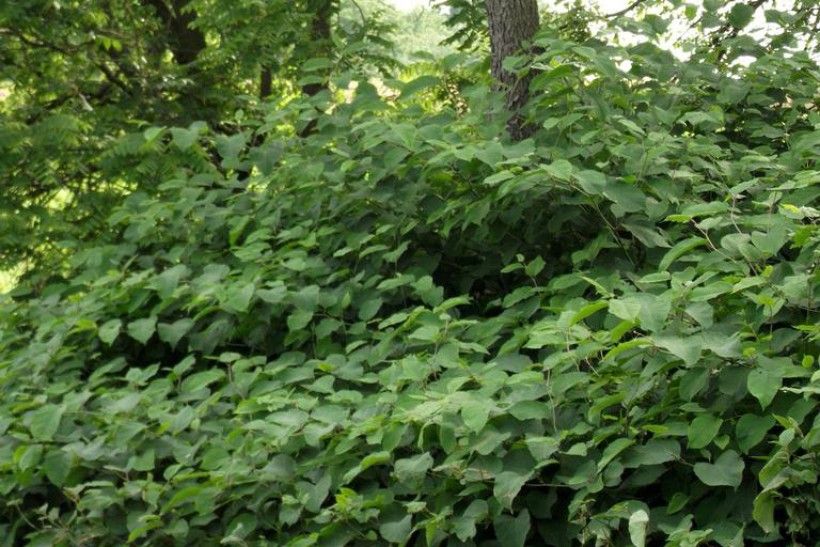
Opportunities
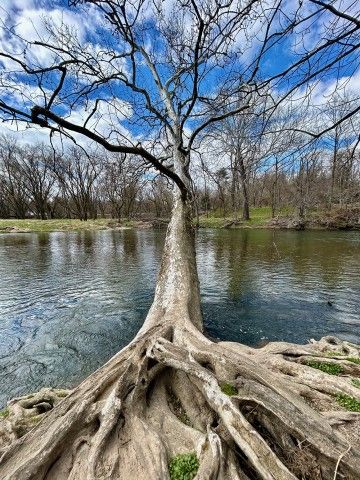
The lack of direct threats to this forest type make opportunities for enhancement less clear, but there are a few things that stewards can do to protect these forests and improve their quality. To ensure the continued presence of Sycamore – Mixed Hardwood Floodplain forests in the region, land stewards should support measures that protect the integrity of the hydrologic cycle. This could include impervious coverage limitations, pervious material installation, and green stormwater management. For landowners with properties adjacent to waterways, vegetative riparian buffers should be preserved or enhanced to reduce runoff velocity and capture contaminants. It also includes an understanding that some level of flooding is necessary for the survival of floodplain ecosystems. Brandywine Conservancy’s Flood Study will address these issues within the Brandywine Watershed.
Land stewards can also engage in active management activities to improve these forests. If your property contains Sycamore – Mixed Hardwood Floodplain forest, you should monitor it for invasive species colonization. Even on uninvaded sites, the proximity to waterways means that colonization is inevitable. Once species like Japanese knotweed take root, removal becomes very difficult and time consuming, so it’s best to catch it early. If you plan to use herbicides, be sure to use herbicides that are safe to use in wetlands.
References:
- NatureServe Explorer: Betula nigra - Platanus occidentalis Appalachian-Piedmont Floodplain Forest Alliance
- PNHP: Sycamore Floodplain Forest
- PNHP: Sycamore – Mixed Hardwood Floodplain Forest
- The Nature Conservancy: Benefits of Healthy Floodplains
- The Nature Conservancy: North-Central Appalachian Large River Floodplain
Header image: Big Elk Creek. Photo credit: Connor Smeader